Entrez 100506658 | Ensembl n/a | |
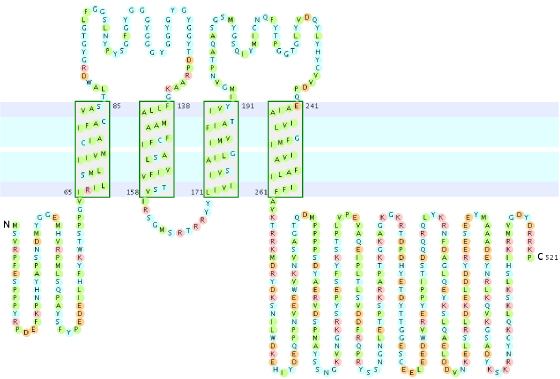 | ||
Aliases OCLN, BLCPMG, PPP1R115, occludin External IDs OMIM: 602876 MGI: 106183 HomoloGene: 1905 GeneCards: OCLN | ||
Medical vocabulary what does occludin mean
Occludin is a protein that in humans is encoded by the OCLN gene. Occludin is a 65-kDa (522-amino acid polypeptide -human) integral plasma-membrane protein located at the tight junctions, described for the first time in 1993 by Shoichiro Tsukita. Together with the Claudin group of proteins, it is the main component of the tight junctions.
Contents
- Medical vocabulary what does occludin mean
- Gene music using protein sequence of ocln occludin
- Gene location
- Protein structure
- Function
- Role in cancer
- Disease linkage
- Interactions
- References

Gene music using protein sequence of ocln occludin
Gene location
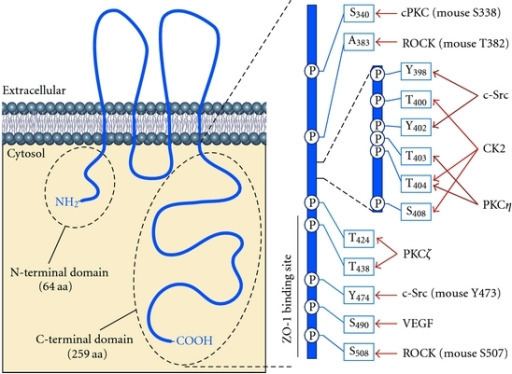
The OCLN gene is located on the long (q) arm of chromosome 5 at position q13.1. The gene starts at base pair 69,492,292 and goes to base pair 69,558,104 and is 65,813 base pairs long.
Protein structure
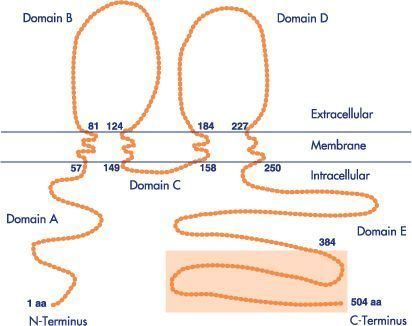
Occludin's structure can be broken down into 9 domains. These domains are separated into two groups. 5 of the domains are located intracellularly and extracellularly. These 5 domains are separated by the 4 transmembrane domains of the protein. The nine domains are as follows:
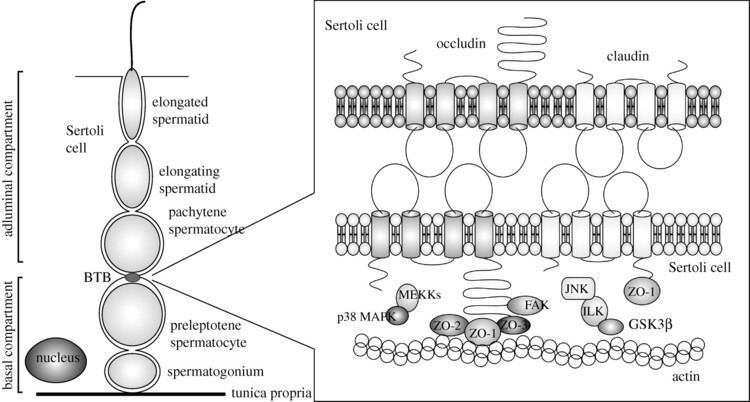
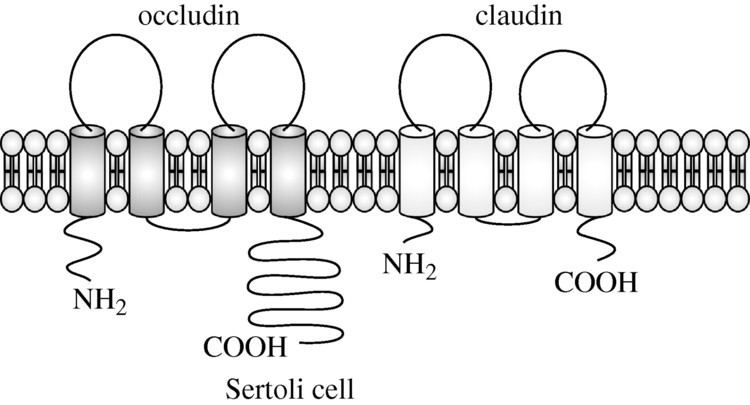
The C-terminus domain has been shown experimentally to be required for correct assembly of tight junction barrier function. The C-terminus also interacts with several cytoplasmic proteins of the junctional plaque and interacts with signaling molecules responsible for cell survival. The N-terminus of occludin experimentally has been linked to involvement in tight junction sealing/barrier properties. The extracellular loops are thought to be involved in the regulation of paracellualr permeability and the second extracellular has been shown to be involved in the localization of occludin at the tight junction.
Function
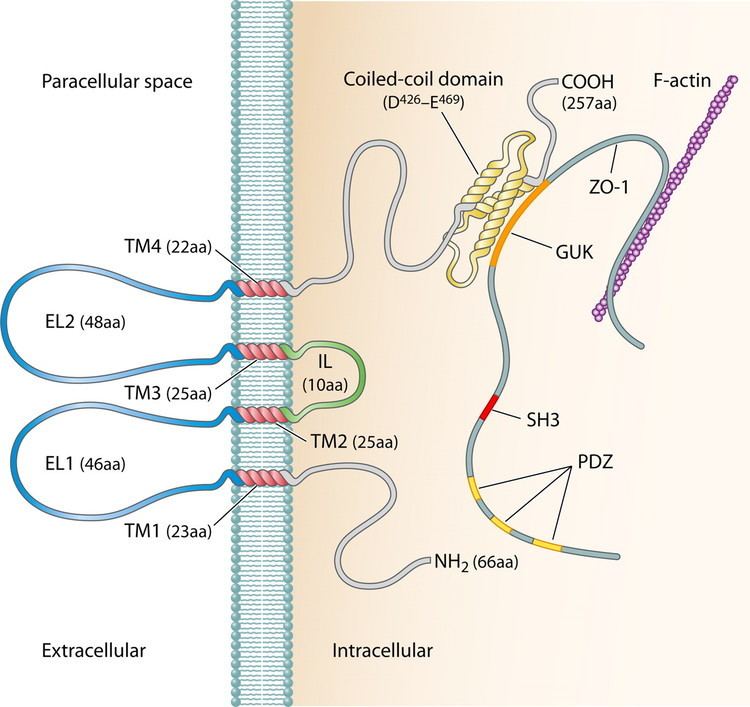
Occludin is an important protein in tight junction function. Studies have shown that rather than being important in tight junction assembly, occludin is important in tight junction stability and barrier function. Furthermore, studies in which mice were deprived of occludin expression showed morphological stability in several epithelial tissues but also found chronic inflammation and hyperplasia in the gastric epithelium, calcification in the brain, testicular atrophy, loss of cytoplasmic granules in straited duct cells of salivary gland, and thinning of the compact bone. The phenotypical response of these mice to the lack of occludin suggest that the function of occludin is more complex than thought and requires more work.
Role in cancer
Occludin plays a critical role in maintaining the barrier properties of a tight junction. Thus, mutation or absence of occludin increases epithelial leakiness which is an important barrier in preventing metastasis of cancer. Loss of occludin or abnormal expression of occludin has been shown to cause increased invasion, reduced adhesion and significantly reduced tight junction function in breast cancer tissues. Furthermore, patients with metastatic disease displayed significantly lower levels of occludin suggesting that the loss of occludin and thereby loss of tight junction integrity is important in metastatic development of breast cancer.
Occludin also plays an important role in the apoptosis. The C-terminus of occludin is important in receiving and transmitting cell survival signals. In standard cells, loss or disruption of occludin and other tight junction proteins leads to initiation of apoptosis through extrinsic pathways. Studies involving high levels of expression of occludin in cancer cells have shown that occludin mitigates several important cancer proliferation properties. The presence of occludin decreased cellular invasiveness and motility, enhanced cellular sensitivity to apoptogenic factors and lowered tumorigenesis and metastasis of the cancer cells. Specifically, occludin has a strong inhibitory effect on Raf1-induced tumorigenesis. Still, the exact mechanism of how occludin prevents the progression of cancer is not known but it has been shown that cancer progression is linked to the loss of occludin or the silencing of the OCLN gene.
Disease linkage
Disruption of occludin regulation is an important aspect of a number of diseases. Strategies to prevent and/or reverse occludin downregulation may be an important therapeutic target. Mutation of occludin are thought to be a cause of band-like calcification with simple gyration and polymicrogyria (BLC-PMG). BLC-PMG is an autosomal recessive neurologic disorder.
Interactions
Occludin has been shown to interact with Tight junction protein 2, YES1 and Tight junction protein 1.
